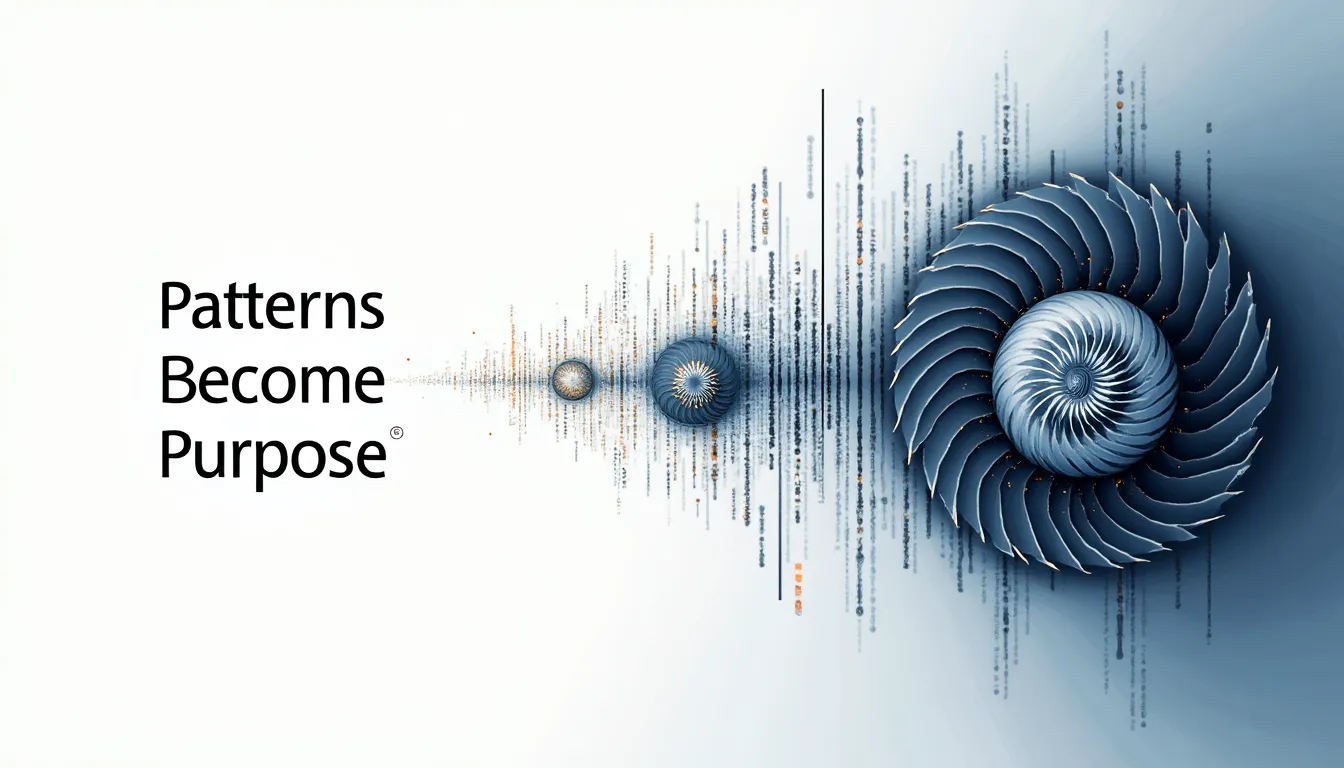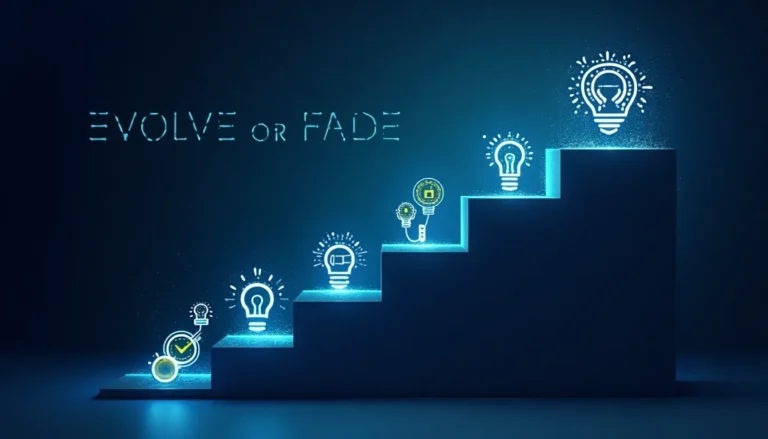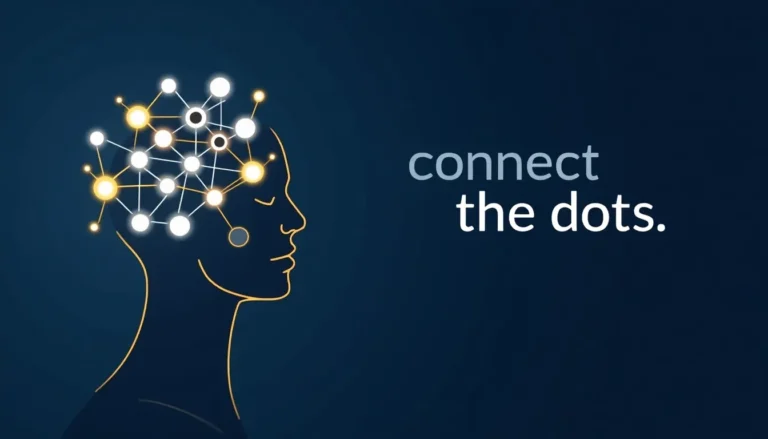Patterns are nature’s code.
From the spiral of a nautilus shell to the branching of tree limbs, patterns surround us. They’re the silent language of the universe, speaking in mathematics and repetition.
Artificial Intelligence has become our universal pattern detector.
It sees the rhythm in stock market fluctuations, predicts weather systems, and recognizes faces in crowds. AI doesn’t just observe patterns – it learns from them, adapts to them, builds upon them.
This is why AI feels magical.
It captures patterns we can’t consciously perceive. The subtle variations in voice that indicate emotion. The microscopic pixel relationships that define a cat versus a dog. The hidden correlations in massive datasets that reveal market trends.
But here’s what’s fascinating:
AI doesn’t just find patterns – it creates them. Each generated image, each completed sentence, each prediction is built from patterns learned and recombined in new ways.
This is both AI’s strength and its limitation.
It can only work with patterns it has seen before. It can combine them brilliantly, but it can’t truly create from nothing. Understanding this is key to working effectively with AI.
The next time you use AI, remember:
You’re not just giving instructions – you’re speaking the language of patterns. The clearer the pattern you provide, the better the result you’ll receive.
Patterns aren’t just everywhere.
They’re everything.



